In my earlier posts about the California Academy of Sciences, I introduced you to the Steinhart Aquarium, the Osher Rainforest and the Kimball Natural History Museum. Now it’s time to show a bit more of the technology that went into the building.
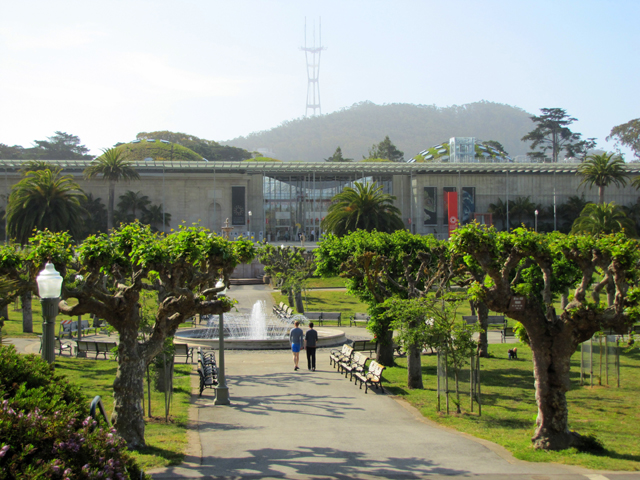
The California Academy of Sciences was designed to be as energy efficient as possible, thus reducing their carbon footprint. In 2008, the U.S. Green Building Council awarded the Academy with a platinum-level LEED certificate. LEED stands for Leadership in Energy and Environmental Design.
According to the Academy:
Points for the coveted LEED certificate are awarded in five key areas: sustainable site development, water savings, energy efficiency, materials selection, and indoor environmental quality. The U.S. Green Building Council offers four levels of LEED certificates (Certified, Silver, Gold and Platinum). They range from Certified, in which 50% of the points are achieved, to Platinum, in which 80% or more of the points are awarded.
The Academy is a wonder, inside and out. As per their sustainable design page:
- 90% of all demolition materials were recycled
- 32,000 tons of sand from foundation excavation applied to dune restoration projects in San Francisco
- 95% of all steel from recycled sources
- 15% fly ash (a recycled coal by-product), 35% slag in concrete
- 50% of lumber harvested from sustainable-yield forests
- 68% of insulation comes from recycled blue jeans
- 90% of office space will have natural light and ventilation
- 60,000 photovoltaic cells; 213,000 kilowatt-hours
- 30% less energy consumption than federal code requirement
The floor to ceiling glass walls allow most of the offices to use natural lighting. The skylights are designed to open and close automatically. The building is warmed using radiant floor heating, thus reducing its energy needs. The insulation is a cotton batting made from recycled denim.
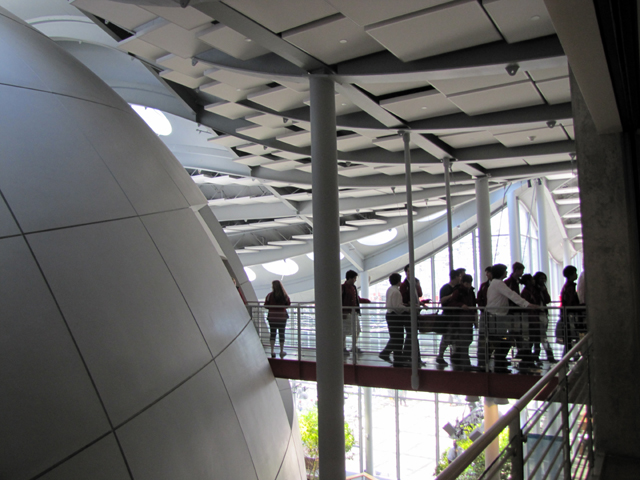
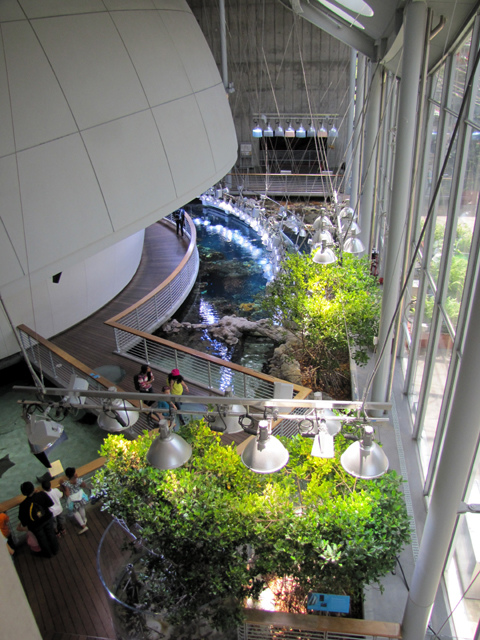

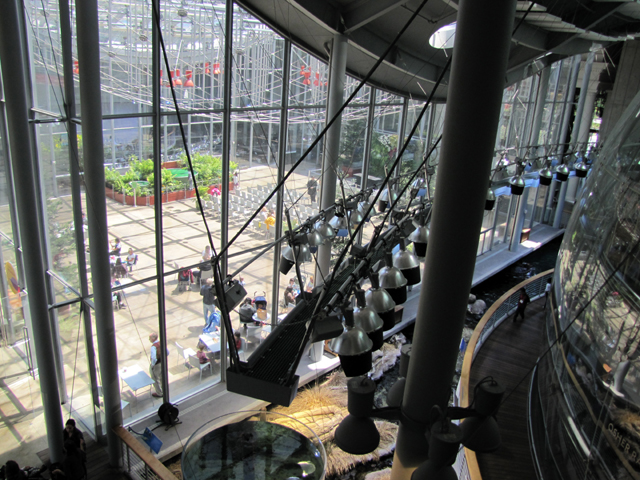
In addition to all of this is the living roof. The 197,000 sq. foot roof is home to more than a million plants. California native perennials were used along with a few annuals, like the California poppy. The living roof keeps the Academy about 10 degrees cooler than a standard asphalt roof would. There is an observation deck on the roof for visitors and it’s well worth checking out.
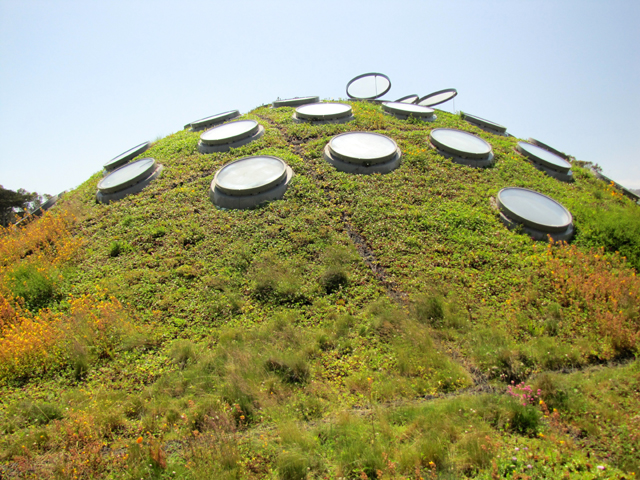


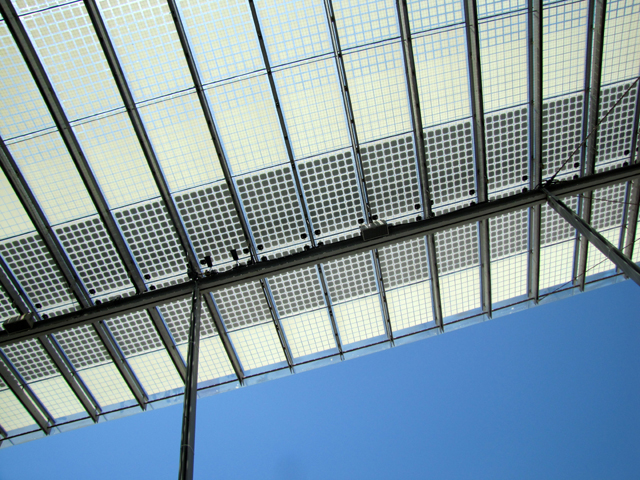

Here’s a cool video tour and explanation of some of the architectural details.
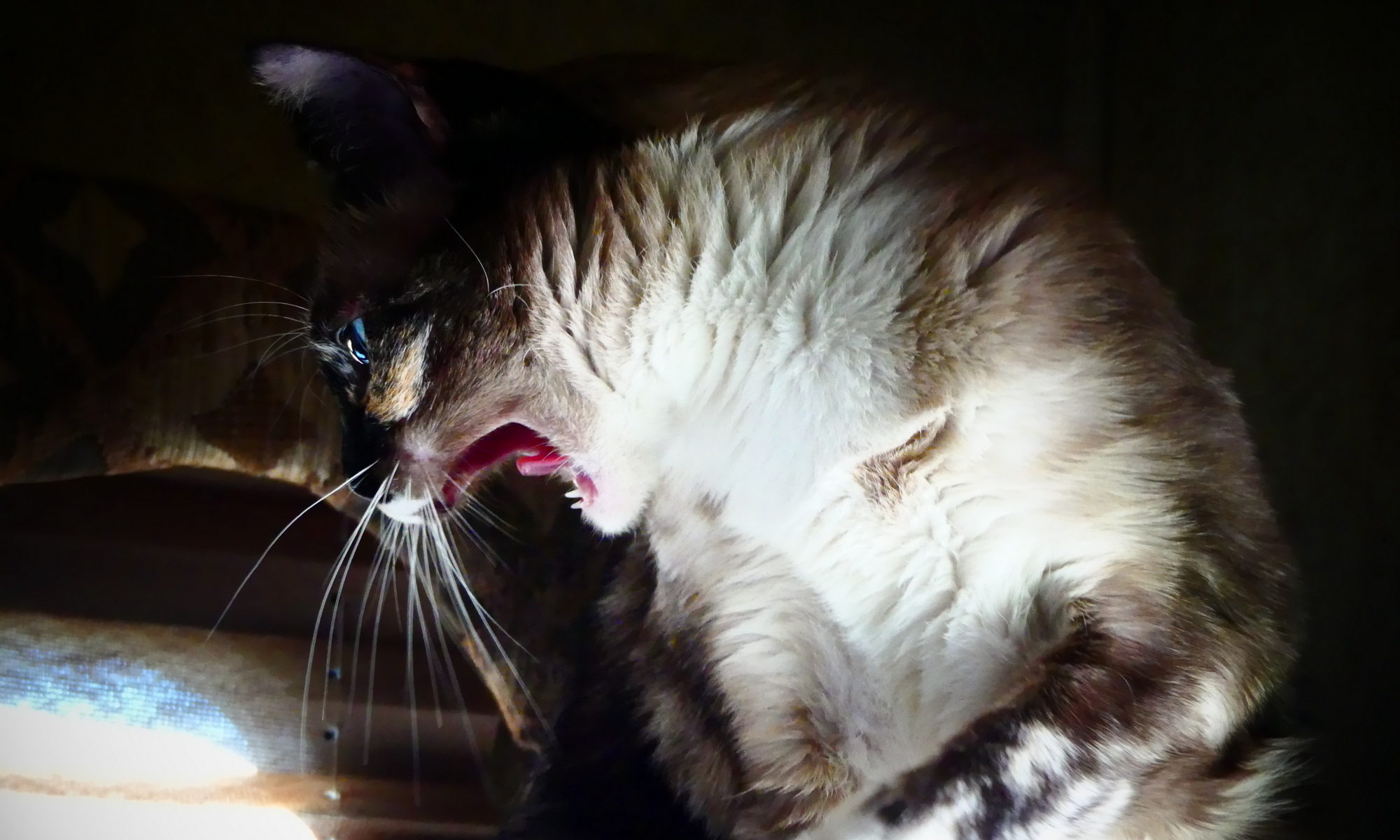


One Reply to “California Academy of Sciences Part 4: Sustainable Design”